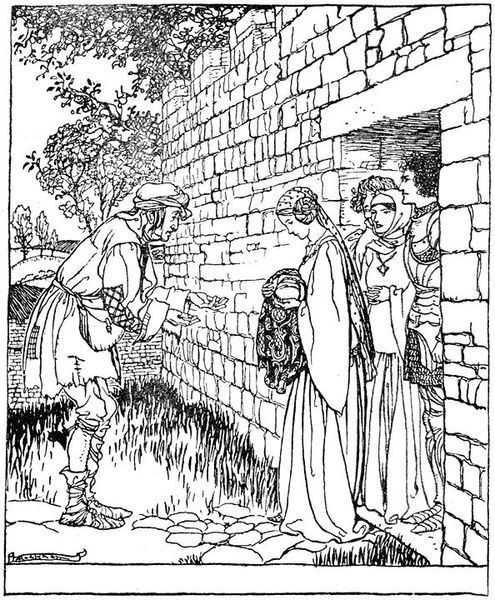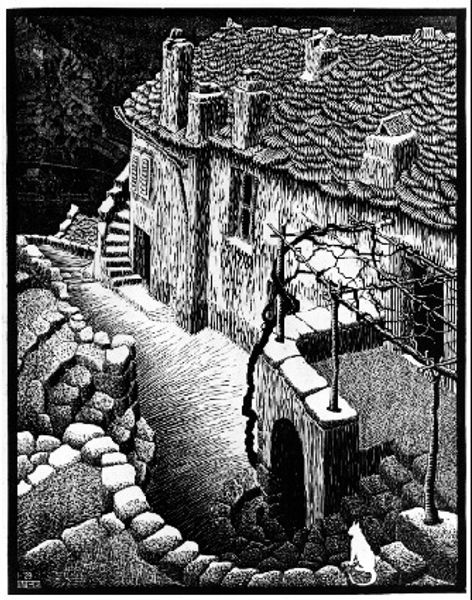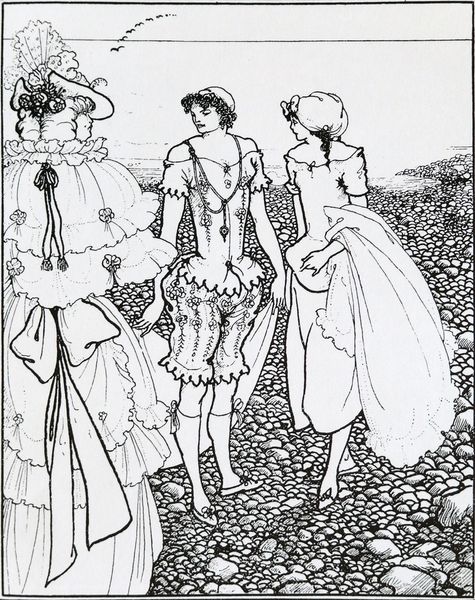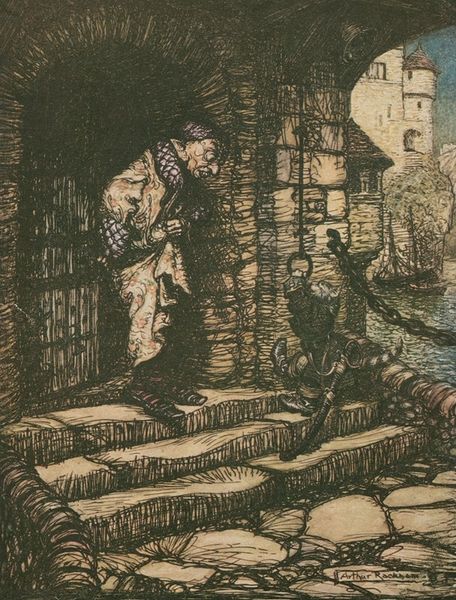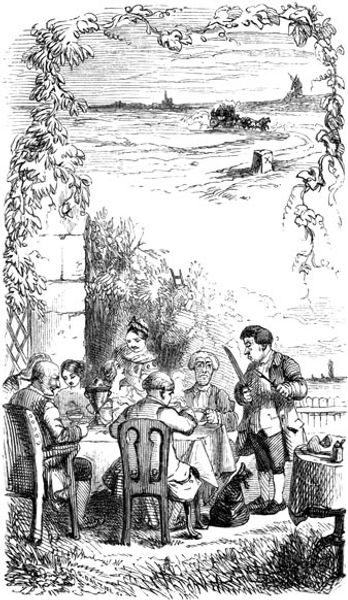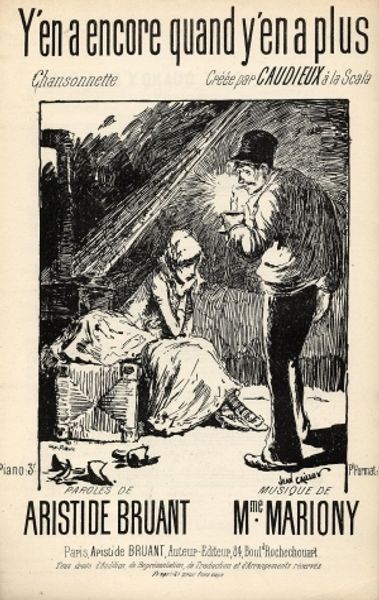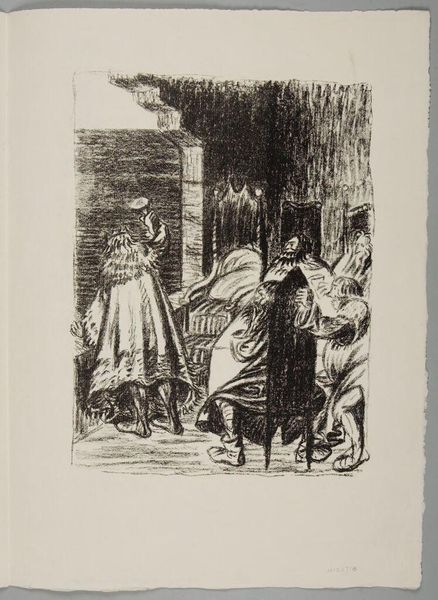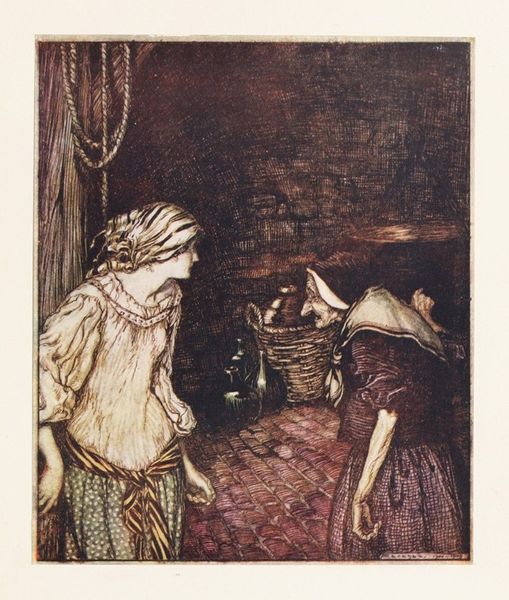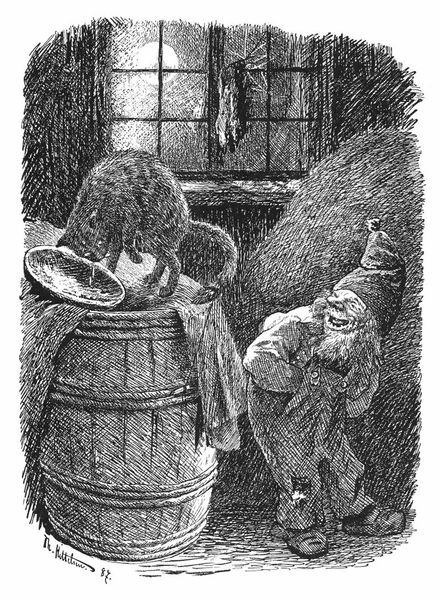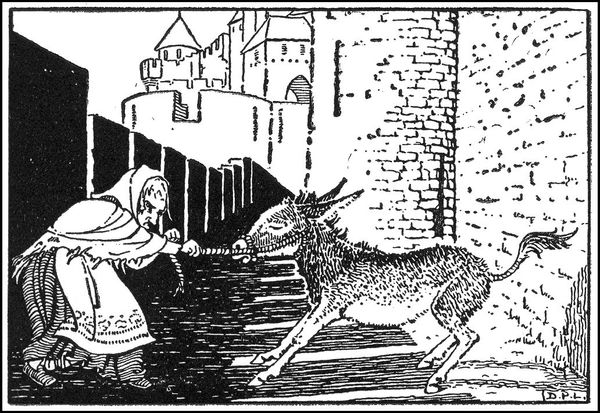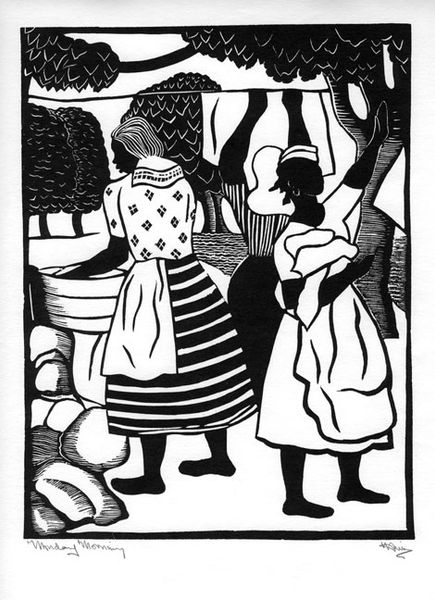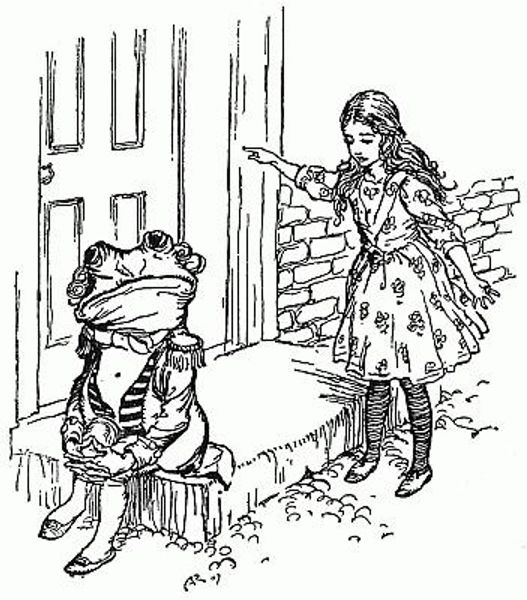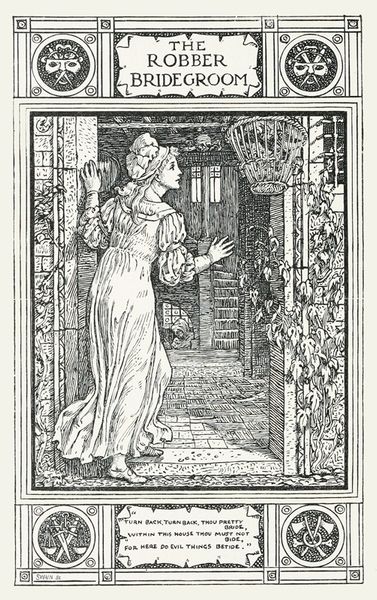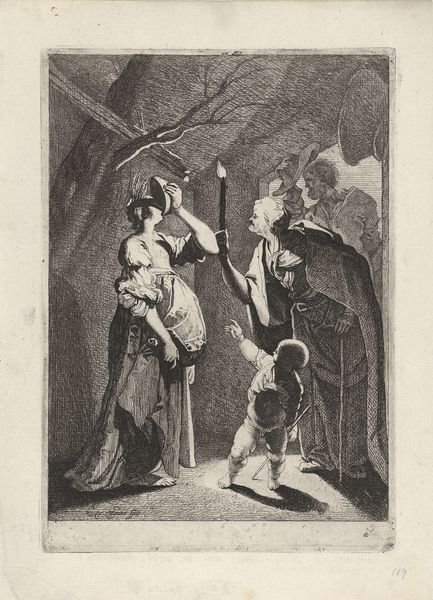
drawing, ink, pen
#
drawing
#
medieval
#
narrative-art
#
pen illustration
#
figuration
#
ink line art
#
ink
#
line
#
pen
Copyright: Dorothy Lathrop,Fair Use
Curator: Dorothy Lathrop created "The Treasure of Carcassonne" in 1928 using pen and ink. The monochrome palette is quite striking. Editor: It feels almost claustrophobic, despite the figures moving towards the light. The heavy use of black ink definitely creates a strong contrast and draws my eye. Curator: Let’s think about how the artist approached this subject. Carcassonne, a fortified medieval city, is re-imagined. Instead of knights and battles, we have children being led on a donkey laden with babies—dolls maybe? Editor: Yes, I noticed that curious cargo! And how they're presented in simple baskets—a material commonly used for market goods, suggesting perhaps a play on value and labor, the treasure itself. It raises the question of what truly constitutes “treasure.” Is it material wealth or something else entirely? Curator: Precisely! Lathrop seems to be contrasting historical narratives with the daily lives and imaginative play of children. The city's structure confines the people; what impact is this constrained environment having? Editor: I'm also intrigued by the women who appear to be leading the parade. It implies a maternal structure; are they guiding these children toward adulthood and through childhood? Curator: An interesting consideration! Looking at the broader art-historical context, this could be viewed as a response to the nostalgic and often romanticized view of the medieval past prevalent at the time. The artwork reminds one that even ancient worlds required just labor and work, challenging idealized impressions by portraying childhood fantasy amidst everyday resources. Editor: It brings history down to earth, doesn’t it? Rather than heroic figures, we get everyday citizens populating historical backgrounds. And by using pen and ink—relatively accessible materials—Lathrop democratizes the narrative process. Curator: Indeed. It also suggests the role art can have to reframe perceptions around cultural relics and societal value. I mean, that contrast between historical significance and material use really leaves an impression. Editor: It does make you reconsider the narratives that are told in certain spaces and the process involved. It definitely makes me think about where history and craftsmanship intersect, and who exactly gets the privilege to do it.
Comments
No comments
Be the first to comment and join the conversation on the ultimate creative platform.
